



If you ever find yourself wandering through Provincia de Cusco,Peru,get ready to be swept up by a city that feels like a living,breathing tapestry of history and culture. The moment you step into its cobblestone streets,there’s this unmistakable hum—a blend of bustling markets,distant Andean melodies,and the chatter of locals weaving Quechua and Spanish together. The air carries a crispness,tinged with the earthy scent of fresh corn roasting nearby and the faint aroma of eucalyptus from the surrounding hills. Cusco’s character is a beautiful collision of old and new. Colonial architecture stands shoulder to shoulder with ancient Incan walls,their stones perfectly fitted without mortar,whispering stories of a time long past. You can almost feel the pulse of the city’s rich heritage in every plaza and corner café. Sitting down with a cup of coca tea,watching the world go by,you’ll notice the vibrant textiles and colorful traditional clothing that locals wear with pride,a living testament to their roots. What really makes Cusco unforgettable is its warmth—the people. They’re proud,welcoming,and eager to share their traditions,whether it’s through a lively festival,a hearty plate of ceviche,or a simple smile. And beyond the city,the breathtaking landscapes of the Sacred Valley and the awe-inspiring Machu Picchu are just waiting to be explored. Cusco isn’t just a place you visit; it’s a place that stays with you long after you’ve left.
The information on this page is currently being reviewed by Tripkliq and should be used as a guide only
Eng word: Hello
Eng pronunciation: OH-lah
Local language: Hola
Eng word: Goodbye
Eng pronunciation: ah-DYOS
Local language: Adiós
Eng word: Thank you
Eng pronunciation: GRAH-syahs
Local language: Gracias
Eng word: How much
Eng pronunciation: KWAN-toh KWEH-stah
Local language: ¿Cuánto cuesta?
Eng word: Toilet
Eng pronunciation: BAH-nyoh
Local language: Baño
Eng word: Help me
Eng pronunciation: ah-YOO-dah-meh
Local language: Ayúdame
Eng word: Yes
Eng pronunciation: SEE
Local language: Sí
Eng word: No
Eng pronunciation: NO
Local language: No
Eng word: Excuse me
Eng pronunciation: pehr-DOHN
Local language: Perdón
Cusco was the capital of the Inca Empire from the 13th century until the Spanish conquest in the 16th century. It was the political, military, and cultural center of the empire.
In 1983, Cusco was declared a UNESCO World Heritage Site due to its rich history and well-preserved architecture, which includes a blend of Inca and Spanish colonial styles.
Sacsayhuamán is a massive fortress located on the outskirts of Cusco. Built by the Incas, it is known for its impressive stonework and large terraces, offering stunning views of the city.
The Qorikancha, or Temple of the Sun, was the most important temple in the Inca Empire. It was dedicated to Inti, the Sun God, and its walls were once covered in gold.
The Plaza de Armas is the main square in Cusco and has been a central gathering place since Inca times. It is surrounded by beautiful colonial buildings, including the Cusco Cathedral and the Church of La Compañía de Jesús.
The Cusco Cathedral, built on the foundations of an Inca palace, is a stunning example of colonial architecture. It houses an impressive collection of colonial art and religious artifacts.
San Blas is one of Cusco's oldest neighborhoods, known for its narrow streets, whitewashed houses, and artisan workshops. It offers a glimpse into the city's artistic heritage.
Inti Raymi, or the Festival of the Sun, is an ancient Inca celebration held every June in Cusco. It honors the Sun God Inti and features colorful parades, traditional music, and dance.
The Inca Trail is a famous trekking route that starts near Cusco and leads to the ancient city of Machu Picchu. It offers breathtaking views of the Andes and passes through several Inca ruins.
In Provincia de Cusco, the most common Power Adaptor is Type A, Type B, Type C.






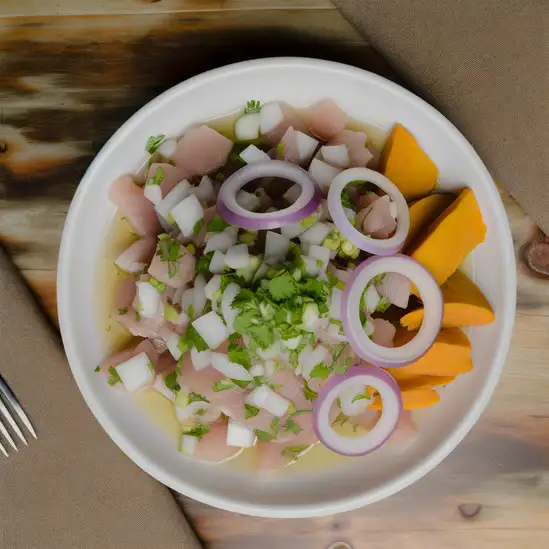
A refreshing dish made from fresh raw fish marinated in citrus juices, typically served with onions, cilantro, and a side of sweet potato or corn.

A stir-fry dish that combines marinated strips of sirloin with onions, tomatoes, and other ingredients, served with rice and fries.
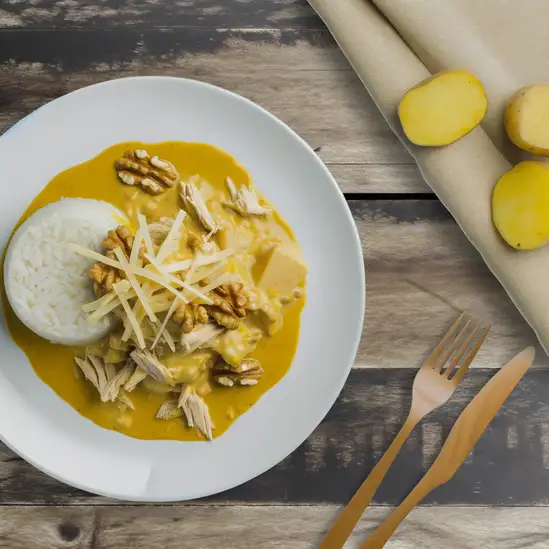
A creamy chicken dish made with shredded chicken in a sauce of aji amarillo (yellow chili), walnuts, and cheese, typically served with rice and boiled potatoes.
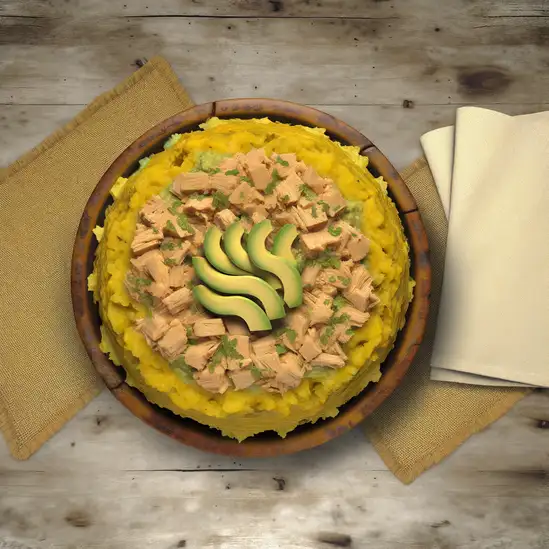
A layered dish made from mashed yellow potatoes seasoned with lime and aji amarillo, filled with ingredients like chicken, tuna, or avocado.
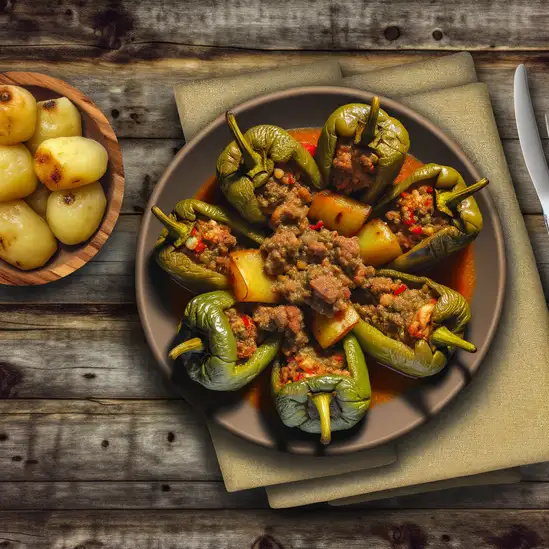
A spicy dish featuring rocoto peppers stuffed with a mixture of ground meat, vegetables, and spices, often topped with cheese and baked.

A nutritious soup made with quinoa, vegetables, and sometimes meat, known for its health benefits and rich flavor.
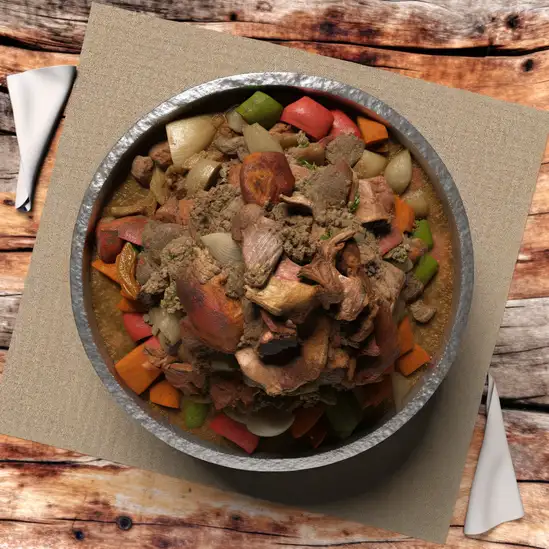
A traditional Andean dish where meats and vegetables are marinated and cooked underground with hot stones, resulting in a unique smoky flavor.

A traditional Cusco dish that includes a variety of ingredients such as cold meats, cheese, boiled eggs, and corn, often served with a spicy sauce.
If you ever find yourself wandering through the high Andes,Provincia de Puno feels like stepping into a living tapestry woven with vibrant colors,ancient traditions,and the crisp,fresh air of Lake Titicaca. The moment you arrive,there’s this unmistakable energy—a blend of serene calm and lively celebration. You’ll hear the distant hum of traditional Andean music mingling with the chatter of locals selling handwoven textiles,their fingers deftly crafting stories into every thread. The scent of roasted corn and fresh trout from the lake drifts through the air,tempting you to taste the region’s hearty,comforting flavors.
Puno’s streets pulse with a unique rhythm,where Quechua and Aymara cultures blend seamlessly with colonial influences. The people here carry a deep pride in their heritage,evident in the colorful festivals that light up the city,especially the famous Fiesta de la Candelaria. Watching locals dance in elaborate costumes,you’ll feel the weight of centuries-old stories and celebrations come alive right before your eyes.
What really stays with you,though,is the connection to the land and water. Standing on the shores of Lake Titicaca,the world feels vast and timeless. The cool breeze brushes your skin,and the endless blue stretches out,inviting you to explore floating reed islands or chat with fishermen who’ve lived here for generations. Puno isn’t just a place to visit—it’s a place to feel,to listen,and to be part of a story that’s still unfolding.
If you find yourself wandering through Provincia de Arequipa,you’ll immediately notice a certain warmth—not just from the sun that bathes the city in golden light,but from the people and the vibrant energy that pulses through its streets. Arequipa feels like a place where history and everyday life dance together effortlessly. The air carries a mix of aromas:freshly baked bread from corner bakeries,the smoky hint of local picanterías cooking up spicy rocoto relleno,and the faint,earthy scent of volcanic stone that shapes the city’s stunning colonial architecture.
Walking around,your eyes will be drawn to the gleaming white sillar stone buildings that give Arequipa its nickname,the "White City." The Plaza de Armas is a lively hub where locals and visitors mingle beneath the towering cathedral,while street musicians fill the air with Andean melodies that tug at your heart. There’s a rhythm here—slow enough to savor a cup of rich,dark coffee in a sunlit café,yet lively enough to keep you exploring winding alleys lined with artisan shops and colorful markets.
What really makes Arequipa unforgettable is its blend of cultures. You’ll hear Quechua spoken alongside Spanish,taste traditional dishes that have been perfected over generations,and feel the pride of a city that’s both fiercely independent and deeply connected to its roots. Whether you’re gazing at the snow-capped volcanoes on the horizon or sharing a laugh with a local over a plate of chupe de camarones,Arequipa invites you to slow down,breathe it all in,and become part of its story.
Lima feels like a city that’s constantly humming with life,where the old and new dance together in the most unexpected ways. Walking through its neighborhoods,you’ll catch the salty breeze from the Pacific mingling with the rich aroma of freshly grilled anticuchos (those delicious skewers of marinated meat). The streets buzz with the chatter of locals,the clatter of street vendors,and the distant strum of a guitar from a nearby plaza. It’s a place where colonial architecture stands proudly beside sleek modern buildings,and every corner seems to tell a story.
What really makes Lima special is its food scene—seriously,it’s a paradise for your taste buds. Imagine biting into a ceviche so fresh it practically tastes like the ocean itself,or savoring a perfectly crispy chicharrón sandwich while sipping on a sweet,tangy chicha morada. The city’s markets are alive with vibrant colors:piles of exotic fruits,heaps of fragrant spices,and the lively banter of vendors inviting you to try their goods. It’s a feast for all your senses.
Beyond the food and sights,Lima’s warmth comes from its people. There’s a genuine friendliness here,a pride in their culture that’s infectious. Whether you’re wandering the bohemian streets of Barranco or exploring the historic center,you’ll feel like you’re part of a living,breathing story. Lima isn’t just a stop on your trip—it’s a place that stays with you long after you leave.
La Paz feels like stepping into a vibrant tapestry woven from ancient traditions and modern energy. Perched high in the Andes,the city’s dramatic skyline is a jagged silhouette of colorful houses climbing steep hillsides,with the snow-capped Illimani mountain watching over everything like a silent guardian. Walking through its bustling streets,you’ll hear the lively chatter of vendors,the rhythmic clatter of street markets,and the occasional whistle of a cable car gliding overhead,connecting neighborhoods in a way that feels both futuristic and charmingly local.
The air carries a mix of scents—freshly brewed coca tea,sizzling street food like salteñas (Bolivian empanadas bursting with savory goodness),and the earthy aroma of nearby markets overflowing with vibrant fruits and spices. There’s a warmth in the people here,a genuine friendliness that invites you to slow down and soak in the stories behind every handcrafted textile or colorful mural.
What makes La Paz truly unforgettable is its blend of contrasts:ancient Aymara culture thriving alongside urban life,traditional rituals unfolding amid modern cafes and art galleries. Whether you’re wandering through the Witches’ Market,where you can find everything from dried llama fetuses to herbal remedies,or sipping coffee in a cozy café overlooking the city’s dizzying depths,La Paz leaves you with a sense of wonder and connection. It’s a place that challenges your perspective and rewards your curiosity at every turn.
If you ever find yourself in Ecuador,don’t skip Guayaquil—it’s a city that pulses with life and warmth in a way that instantly pulls you in. The moment you step onto the Malecón 2000,the bustling waterfront promenade,you’re greeted by the salty breeze mingling with the scent of fresh ceviche sizzling at nearby stalls. The city hums with a vibrant energy,from the chatter of locals sipping coffee in cozy cafés to the rhythmic clatter of boats along the Guayas River. It’s a place where the tropical sun kisses your skin and the colorful murals tell stories of a rich,resilient culture.
Guayaquil’s character is a blend of old and new,where colonial architecture stands shoulder to shoulder with modern art installations and lively street markets. Wander through Las Peñas,the historic neighborhood,and you’ll feel like you’ve stepped back in time—cobblestone streets,brightly painted houses,and the distant strum of a guitar drifting from a corner bar. The city’s warmth isn’t just in the weather; it’s in the smiles of the people,the spontaneous salsa rhythms spilling from open windows,and the shared joy of a community proud of its roots.
And the food—oh,the food! Imagine biting into a plate of arroz con menestra y carne asada,the flavors rich and comforting,or savoring a sweet,juicy naranjilla fruit fresh from the market. Guayaquil invites you to slow down,soak in its vibrant spirit,and leave with a heart full of stories and a craving to return.
Imagine stepping into a city where the air feels crisp and alive,perched high in the Andes with volcanoes standing guard in the distance. That’s Quito for you—a place where history and modern life dance together on cobblestone streets lined with colorful colonial buildings. The moment you wander through its old town,you’ll hear the lively chatter of locals mingling in plazas,the distant strum of guitars,and the occasional church bell echoing through narrow alleys. There’s a warmth here,not just from the sun but from the people who greet you with genuine smiles and a relaxed pace that invites you to slow down and savor the moment.
Walking around,you’ll catch the scent of fresh coffee mingling with the earthy aroma of nearby markets bursting with vibrant fruits and spices. Don’t miss trying a cup of Ecuadorian coffee paired with a slice of guava-filled empanada—it’s a small taste of the city’s rich flavors. Quito’s character shines in its blend of old and new:centuries-old churches and plazas sit alongside buzzing cafes and art galleries,reflecting a culture that honors its roots while embracing creativity.
What really stays with you is the city’s energy—a mix of history,nature,and everyday life that feels both grounded and inspiring. Whether you’re gazing out over the city from the Panecillo hill or chatting with artisans in La Ronda,Quito invites you to explore deeply and connect with a place that’s as vibrant as it is welcoming.
Scammers may install skimming devices on ATMs to steal card information from unsuspecting users.
Some currency exchange offices or individuals may give counterfeit bills or use unfair exchange rates to cheat tourists.
Scammers posing as police officers may demand to see your passport or money, claiming it's for inspection, and then steal from you.
Scammers may sell counterfeit tickets for Machu Picchu, trains, or other attractions, leaving tourists stranded or unable to enter.
Some unlicensed tour operators offer cheap tours to Machu Picchu or other attractions, but they may not deliver the promised services or provide subpar experiences.
Unmetered taxis or drivers without official identification may overcharge tourists, especially for airport pickups or trips to popular destinations.
Locals in traditional attire may offer to take photos with tourists and then demand an unexpectedly high payment afterward.
Crowded areas like markets, plazas, and public transportation are hotspots for pickpockets targeting distracted tourists.
Some restaurants may add extra items or inflate prices on the bill, assuming tourists won't notice or challenge the charges.
Street vendors may charge tourists significantly higher prices for souvenirs or goods compared to locals.
The possession, use, and trafficking of illegal drugs are strictly prohibited in Cusco and throughout Peru. This includes marijuana, which is illegal for recreational use. Penalties for drug-related offenses can be severe, including imprisonment. Tourists should avoid any involvement with illegal drugs to stay within the law.
In Cusco, as in the rest of Peru, smoking is prohibited in enclosed public spaces, including restaurants, bars, and public transportation. There are designated smoking areas where smoking is allowed. Violating these regulations can result in fines.
Vaping is subject to similar regulations as smoking in Cusco. It is prohibited in enclosed public spaces and public transportation. Tourists should look for designated areas where vaping is allowed to avoid fines.
What are other people saying about Provincia de Cusco?
Recent Social posts about Provincia de Cusco
There is nothing to show you for now.